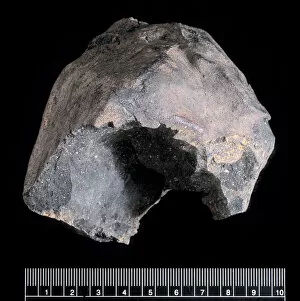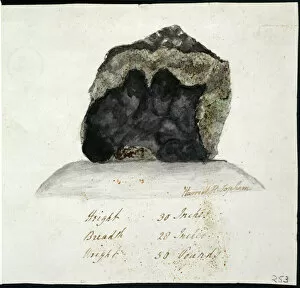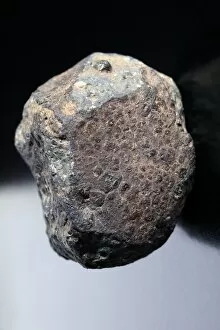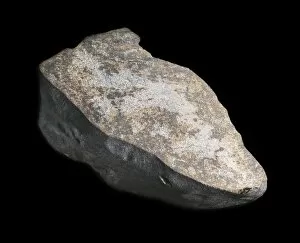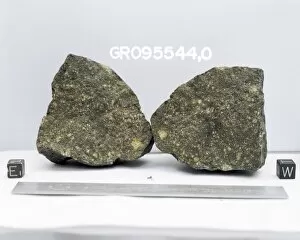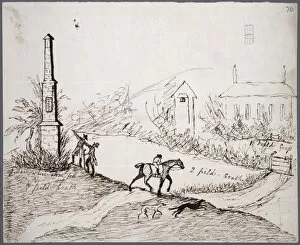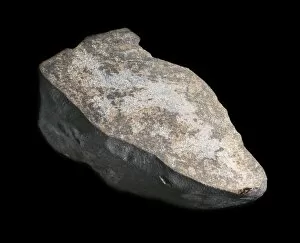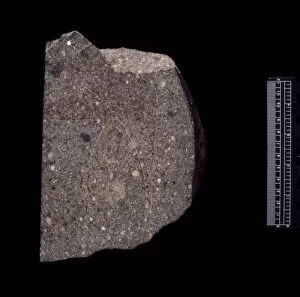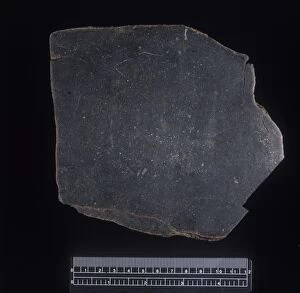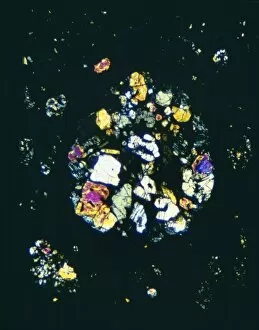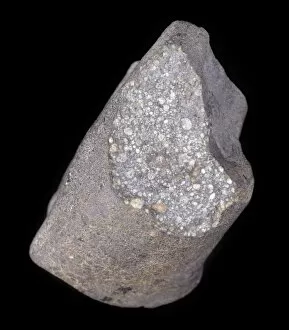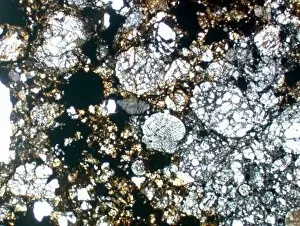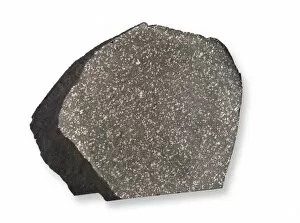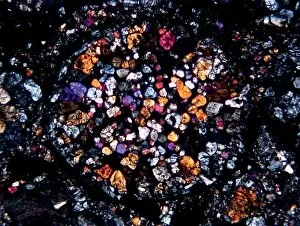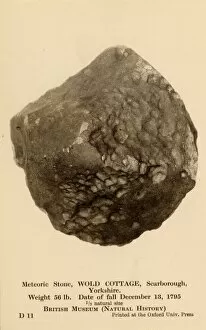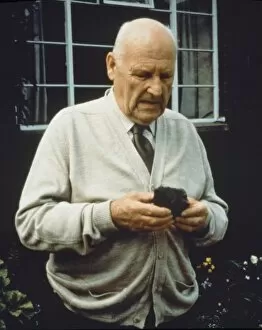Chondrite Collection
Chondrite meteorites, such as the Murchison CM2 carbonaceous chondrite
For sale as Licensed Images
Choose your image, Select your licence and Download the media
Chondrite meteorites, such as the Murchison CM2 carbonaceous chondrite, have captivated scientists and space enthusiasts alike with their fascinating composition and origin. These extraterrestrial rocks provide valuable insights into the early solar system's formation. One notable example is the Wold meteorite, which was discovered in Yorkshire, England. This chondrite specimen contains a wealth of information about our cosmic history. Similarly, the Wold Cottage meteorite offers a detailed glimpse into its unique structure and chemical makeup. The Launton Meteorite is another remarkable find that has intrigued researchers for decades. Its distinct features and characteristics make it an essential piece in understanding planetary evolution. Studying these chondrites allows scientists to unravel mysteries surrounding our universe's birth. By analyzing their isotopic compositions and organic compounds, researchers gain crucial knowledge about the building blocks of life on Earth. The Murchison CM2 carbonaceous chondrite stands out among others due to its rich organic content. It contains amino acids – the fundamental components of proteins – suggesting that life's precursors may have originated from outer space. These captivating specimens remind us of our connection to the cosmos and ignite curiosity about what lies beyond our planet's boundaries. As we continue exploring celestial bodies like asteroids or comets, uncovering more chondrites will undoubtedly contribute to expanding humanity's understanding of our place in this vast universe. Chondrites like the Wold meteorite, Launton Meteorite, and Murchison CM2 carbonaceous chondrite offer invaluable glimpses into ancient cosmic events. Their study not only sheds light on how planets formed but also provides clues about potential extraterrestrial life origins. With each new discovery comes a deeper appreciation for these extraordinary remnants from distant worlds.

